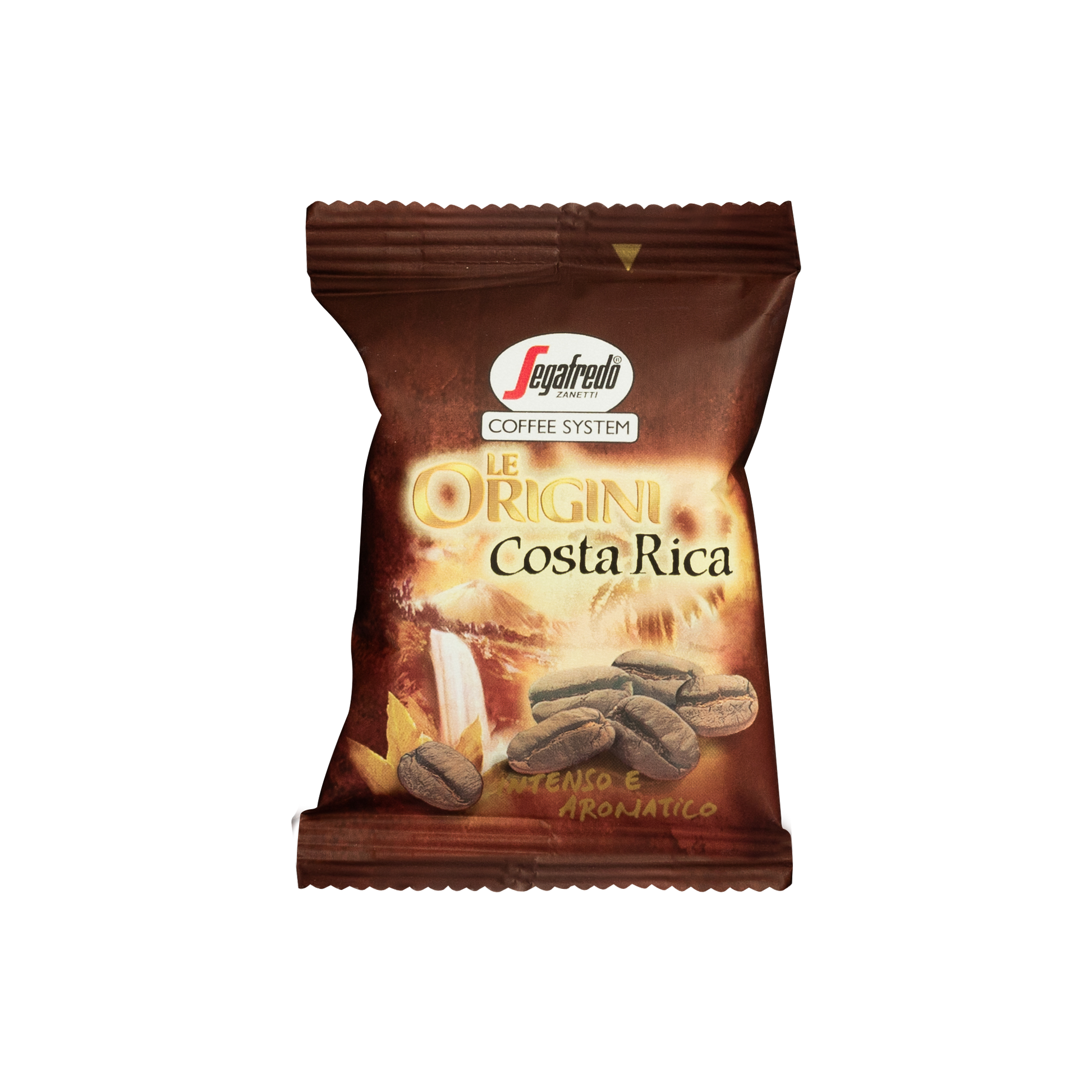Matching Food and Desserts with SOE Single Origin Espresso
Matching Food and Desserts with SOE Single Origin Espresso
Blog Article
Coffee Beans 101: Every Little Thing You Required to Understand About Coffee and Blended Coffee Beans
When it pertains to coffee, comprehending the subtleties of coffee and combined beans can change your everyday mug. You'll discover the distinctive qualities of Arabica and Robusta beans, and how each effects taste and caffeine web content. From the growing process to toasting techniques, every action contributes in your coffee experience. What makes the perfect mixture? Allow's explore the vital components that add to an exceptional cup of coffee.
Comprehending Coffee Beans: Kinds and Ranges
When diving into the globe of coffee, recognizing the types and ranges of coffee beans is vital for every single fanatic. You'll mostly come across 2 main types: Arabica and Robusta. Arabica beans are understood for their smooth, complex tastes and reduced caffeine content, making them a favored amongst coffee aficionados. On the various other hand, Robusta beans load a strike with a more powerful, much more bitter preference and greater high levels of caffeine levels, usually made use of in coffee blends.
Within these varieties, you'll discover numerous local selections, each bringing one-of-a-kind characteristics. Ethiopian Yirgacheffe supplies intense flower notes, while Colombian beans provide a healthy taste account. As you discover, remember to take note of processing approaches like washed or natural, as they can substantially influence the final taste. By acquainting yourself with these beans and their flavors, you'll elevate your coffee experience and make even more enlightened options in your brewing journey.
The Expanding Refine: From Seed to Bean
When you check out the trip of coffee, everything beginnings with seed option strategies that set the structure for top quality. From there, farming and harvesting play essential duties in making sure the beans thrive. Processing techniques transform those collected cherries right into the coffee beans you like.
Seed Option Techniques
Picking the right seeds is important for generating premium coffee beans, as it lays the foundation for the entire expanding process. You should start by choosing seeds from credible sources that prioritize top quality and hereditary variety. Search for varieties recognized to prosper in your specific climate and soil problems. Take notice of the seed's age and storage conditions, as fresh seeds have a tendency to sprout far better. When possible, select organic seeds to reduce direct exposure to harmful chemicals. Take into consideration the illness resistance of various varieties, as this can substantially impact your return. Do not wait to seek advice from with regional farmers or experts to get insights right into the finest seed options for your area. This knowledge will boost your coffee-growing experience.
Cultivation and Harvesting
As you support your coffee seeds right into growing plants, comprehending the farming and harvesting procedure is essential for attaining the very best taste and quality. Begin by planting your seeds in well-draining soil, preferably in a shaded area to safeguard them from direct sunshine. As your plants grow, maintain constant wetness, and bear in mind their need for nutrients. Trim consistently to advertise air flow and healthy and balanced growth.
When it comes time to harvest, look for ripe cherries, which normally turn a lively red. Hand-picking is typically the most effective method to assure just the ripest cherries are picked. Timing is important; harvesting as well late or as well early can impact the flavor account of your beans. Accept patience and care, as this is where top quality starts.

Handling Approaches Explained
When you have actually collected your coffee cherries, the following vital action is processing them to transform those dynamic fruits right into the beans you'll brew. In the dry procedure, you spread out the cherries out in the sun to completely dry, enabling the fruit to ferment and present special tastes to the beans. Understanding these methods is crucial to appreciating your coffee experience.
Roasting Methods: Exactly How Flavor Is Established
When it pertains to toasting coffee beans, recognizing roast levels is essential to disclosing their one-of-a-kind tastes. Each toasting strategy effects the aroma and improves the taste development process, providing you a richer coffee experience. Let's discover just how these variables come with each other to boost your everyday brew.
Roast Levels Discussed
Roast levels play a necessary function in forming the taste account of your coffee. By understanding these degrees, you can much better choose a coffee that matches your preference choices. Experiment with various roasts to discover which one reverberates with you, improving your general coffee experience and pleasure.
Effect On Fragrance
The roast degree not only affects the preference of your coffee but additionally considerably impacts its fragrance. When you select a light roast, you'll often notice bright, flower notes that can make your coffee smell fresh and dynamic. As the beans darken, the aroma changes; a tool roast draws out extra balanced, caramelized scents, while a dark roast tends to feature strong, great smoky touches. Each roasting technique launches different unstable substances, forming how your coffee scents. Furthermore, the freshness of the beans plays a vital function; newly roasted coffee releases much more aromatic oils, enhancing that attracting aroma. Pay focus to the roast degree-- it's key to revealing the complete aromatic experience of your brew.
Taste Advancement Process
As you explore the flavor growth procedure, you'll uncover that toasting techniques play a critical role fit the taste profile of your coffee. The toasting temperature level and time straight affect the acidity, sweet taste, and bitterness of the beans. Light article source roasts maintain even more of the bean's original tastes, highlighting flower and fruity notes. Medium roasts equilibrium acidity and body, offering a well-rounded taste. Dark roasts, on the other hand, highlight strong, smoky characteristics while decreasing the bean's inherent high qualities. Throughout toasting, chemical responses, like the Maillard response and caramelization, transform the beans and enhance their intricacy. Trying out different roasting levels can assist you find your ideal brew, so do not wait to taste and find the rich spectrum of flavors!
Espresso vs. Blended Coffee: Key Differences
Espresso and combined coffee each offer distinct experiences that cater to various tastes and choices. Espresso is a focused coffee made by requiring hot water via finely-ground coffee beans, causing an abundant, vibrant flavor and a velvety layer of crema on the top. It's commonly appreciated as a shot or made use of as a base for beverages like coffees and lattes.
On the other hand, blended coffee integrates different beans from different areas, producing a much more balanced taste account. You'll usually locate blends that highlight level other of acidity, sweet taste, or body, making them versatile for various brewing techniques. While coffee concentrates on strength, combined coffee might provide a more comprehensive series of tastes that can change with each sip.
Inevitably, your selection between espresso and blended coffee come down to your personal choice. Whether you hunger for a quick jolt or a leisurely cup, both options have something scrumptious to supply.

Developing Approaches: Opening the Perfect Mug
When it involves developing coffee, finding the right technique can change your experience and raise your cup. Each developing method has its special beauty and can greatly affect your coffee's flavor and aroma. Utilizing a French press enables you to take pleasure in a abundant and full-bodied brew, while a pour-over method gives a clean, bright mug with distinct tastes.
If you favor espresso, purchasing a quality maker can assist you grasp the art of pulling shots. Conversely, for comfort, a single-serve covering system supplies rate without compromising preference.
Do not forget regarding chilly mixture, which provides a smooth, less acidic coffee ideal for warm days. Experiment with different techniques to discover what reverberates with your taste buds.
Tasting Notes: Recognizing Taste Profiles
Exactly how can you absolutely appreciate your coffee if you don't understand what tastes to look for? Sampling notes are your guide to comprehending the complicated globe of coffee. Some coffees might leave a chocolatey or caramel aftertaste, while others might have an intense, clean coating.
Take into consideration the body of the coffee, too; is it light and airy or thick and syrupy? Do not fail to remember level of acidity; an intense level of acidity can add life, while a reduced acidity may offer a smoother experience. By recognizing these flavor accounts, you'll deepen your connection with each mug, making coffee tasting a wonderful journey of discovery.

Tips for Picking and Storage Coffee Beans
Storing and selecting coffee beans effectively can considerably improve your brewing experience. Start by selecting high-grade beans that fit your taste. Seek freshness; beans roasted within the last two weeks are ideal. Inspect the roast day on the product packaging, and purchase from local stores or trustworthy roasters.
Once you have your beans, save them in an impermeable container to stop exposure to light, air, and moisture. A dark, cool place works best, so prevent maintaining them in the refrigerator or freezer, as this can present dampness. Only grind the quantity you require to keep freshness; whole beans preserve flavor longer than pre-ground coffee.
Lastly, attempt to utilize your beans within 2 to four weeks after opening for peak taste. Following these suggestions will guarantee your coffee stays pleasurable and delicious, elevating your daily mixture to brand-new elevations.
Often Asked Questions
For How Long Do Coffee Beans Keep Fresh After Toasting?
Coffee beans stay fresh for regarding two weeks after toasting - SOE. You ought to store them in a closed container, far from light and dampness. After that, their taste and aroma start to diminish substantially

Can I Mix Different Coffee Bean Varieties?
Definitely, you can blend various coffee bean ranges! Exploring with blends can enhance tastes and develop an unique taste profile. Just make certain to stabilize the strengths and qualities of each selection for the best outcomes.
What Is the Suitable Grind Dimension for Coffee?
For espresso, you'll desire a fine work size, concerning the appearance of common salt. This allows optimal removal, resulting in a rich, delicious shot. Experiment a little bit to discover what matches your taste best!
Just How Does Altitude Affect Coffee Bean Taste?
Altitude impacts coffee bean flavor by influencing the development rate and chemical structure. Greater elevations bring about slower maturation, which improves level of acidity and complexity, providing your coffee a dynamic and unique preference you will not fail to remember.
Are There Decaffeinated Versions of Coffee Beans?
Yes, there are decaffeinated variations of espresso beans. You find this can delight in a rich coffee taste without the high levels of caffeine kick. Simply seek "decaf" blends at your neighborhood coffeehouse or specialized store.
Coffee Beans 101: Whatever You Required to Know Regarding Coffee and Blended Coffee Beans.
When diving right into the world of coffee, recognizing the types and ranges of coffee beans is essential for every enthusiast.When it comes to toasting coffee beans, recognizing roast levels is key to revealing their one-of-a-kind flavors. Espresso is a concentrated coffee brewed by requiring warm water via finely-ground coffee beans, resulting in an abundant, vibrant taste and a creamy layer of crema on top.On the other hand, blended coffee integrates different beans from various areas, developing an extra balanced taste profile.
Report this page